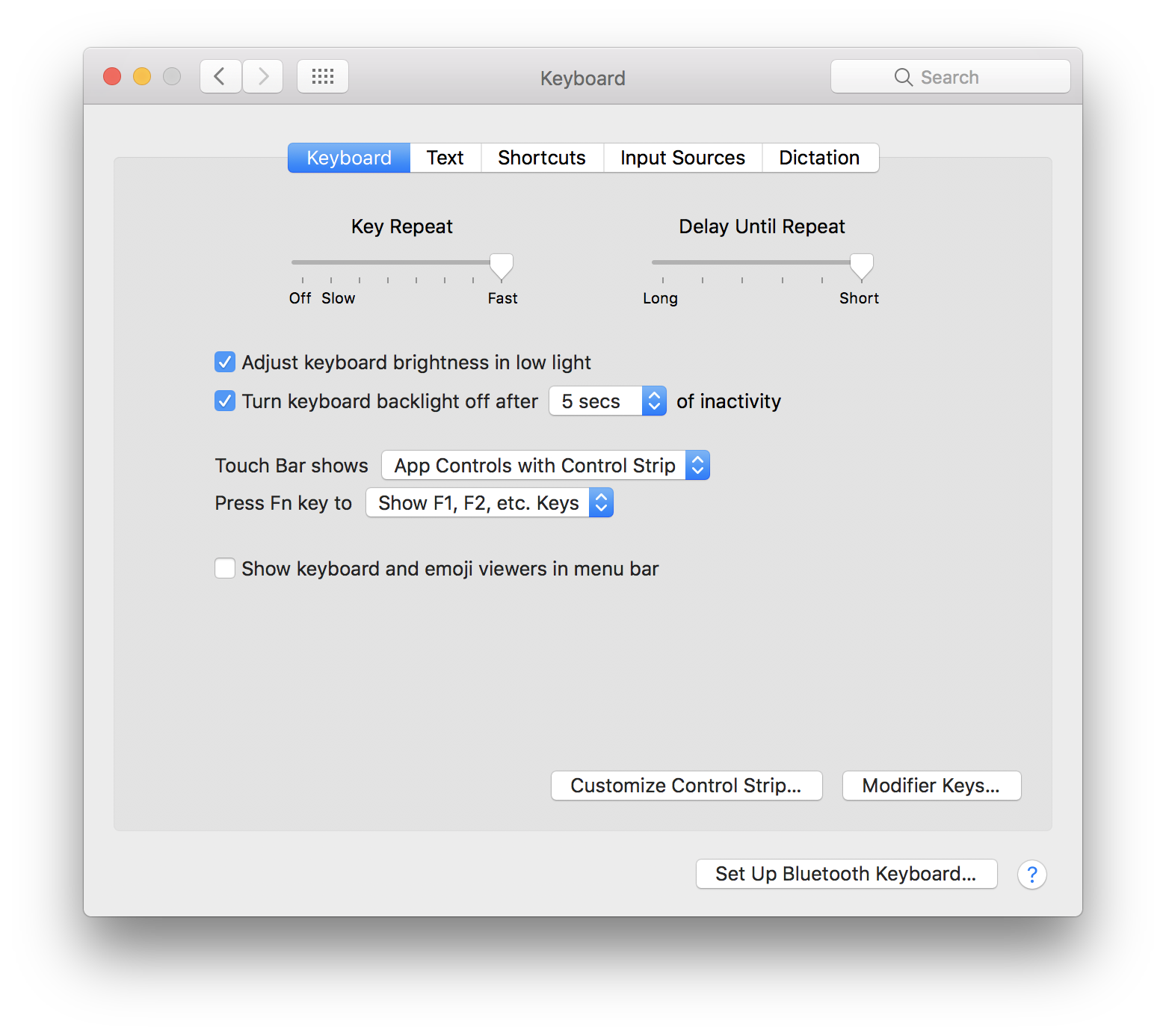

- #How to encrypt macbook pro full
- #How to encrypt macbook pro code
- #How to encrypt macbook pro password
You can read the full details elsewhere on Macworld about the ins and outs of FileVault, but it’s a way to combine the security of account-based access with the assurance of fully encrypted data. You can encrypt a non-startup external drive’s volume on any Mac.
#How to encrypt macbook pro password
You’ll have an encrypted byte array now.Full-disk encryption (FDE) is a low-effort way to ensure that if someone were to get ahold of one of your drives while unmounted or a Mac while powered down, the contents on the drive would be unusable to them without knowing a password or other encryption information. We now only have to call one method on the cipherInstance to encrypt our message: cipherInstance.doFinal(bytesToBeEncrypted)

We now have everything we need to encrypt our super secret message. GeneratePublic(new X509EncodedKeySpec(Base64.getDecoder().decode(publicKey))) Ĭipher cipherInstance = Cipher.getInstance(CIPHER_INSTANCE_TYPE) Key generatePublic = KeyFactory.getInstance(KEY_FACTORY_INSTANCE_TYPE). Then, initialise a Cipher with that instance of the Key class. For this, we first need to create an instance of the RSA key using the KeyFactory class. Next, we need to do some magic with the Java security package and generate an instance of the Cipher class. If you check the value of the publicKey variable now, you should see something like this: MIIBIjANBgkqhkiG9w0BAQEFAAOCAQ8AMIIBCgKCAQEAut9/U5lR6UN/02YX79qviuKd2AQwEBiJMt15djesw6wgR/1jWJr/ZUM+XPIVkshHoPkhh2JhnqvEZt3VEYeYxy88xRksZqqEmgCwEX4gVsAWrGCTJ7U+LyuSYpavbHGcUkA4rIh9XCkgphvXYod2cnyU0XQJ1jRLvTD4EozTtyA1wKRxtATj/2o+swH3mnEW1y4weEoLmfcJ844tQU/l3DIxQh+XWhzdsqo8kX+Za8RAFbH2xbK+yG6U3it5TrSwmsSSUh2ZGlcGiN76C/426rTWS0lj5kYEUYKqON782ui8K2hGj9ylpL6lohosH8lsTKZvRK0PCs698QKrlc/MbwIDAQAB replaceAll(PUBLIC_KEY_END_KEY_STRING, EMPTY_STRING)

replaceAll(PUBLIC_KEY_START_KEY_STRING, EMPTY_STRING) KeyString = keyString.replaceAll(NEW_LINE_CHARACTER, EMPTY_STRING) String keyString = new String(publicKey) Public static final String EMPTY_STRING = "" īyte publicKey = Files.readAllBytes(keyFile.toPath()) Public static final String PUBLIC_KEY_END_KEY_STRING = "-END PUBLIC KEY-" Public static final String PUBLIC_KEY_START_KEY_STRING = "-BEGIN PUBLIC KEY-"
#How to encrypt macbook pro code
For that, we’ll use the following code snippet: public static final String NEW_LINE_CHARACTER = "\n" For that, once we have the file’s content into a variable, we’ll replace all the unwanted text with some empty strings. You need to remove all that and have only the key. Xy88xRksZqqEmgCwEX4gVsAWrGCTJ7U+LyuSYpavbHGcUkA4rIh9XCkgphvXYod2ĬnyU0XQJ1jRLvTD4EozTtyA1wKRxtATj/2o+swH3mnEW1y4weEoLmfcJ844tQU/lģDIxQh+XWhzdsqo8kX+Za8RAFbH2xbK+yG6U3it5TrSwmsSSUh2ZGlcGiN76C/42ĦrTWS0lj5kYEUYKqON782ui8K2hGj9ylpL6lohosH8lsTKZvRK0PCs698QKrlc/MĪs you can see, there’s some text in there, and some new line characters, and some dashes. IuKd2AQwEBiJMt15djesw6wgR/1jWJr/ZUM+XPIVkshHoPkhh2JhnqvEZt3VEYeY MIIBIjANBgkqhkiG9w0BAQEFAAOCAQ8AMIIBCgKCAQEAut9/U5lR6UN/02YX79qv

If you open up your public key file ( cat it or open it in a text editor), you’ll see something like this: -BEGIN PUBLIC KEY. We have to clean up the public key data though. Next, we need to read the public key file into our Java code. For that though, we need to first convert this string into a byte array: byte bytesToBeEncrypted = dataToBeEncrypted.getBytes() I have selected a very specific message to encrypt, and it makes a lot of sense: String dataToBeEncrypted = "Some random words in no particular order." Īs you can see, I can’t really send out this very sensitive message over public internet. Now that we have a key pair, let’s start encrypting our message.


 0 kommentar(er)
0 kommentar(er)
